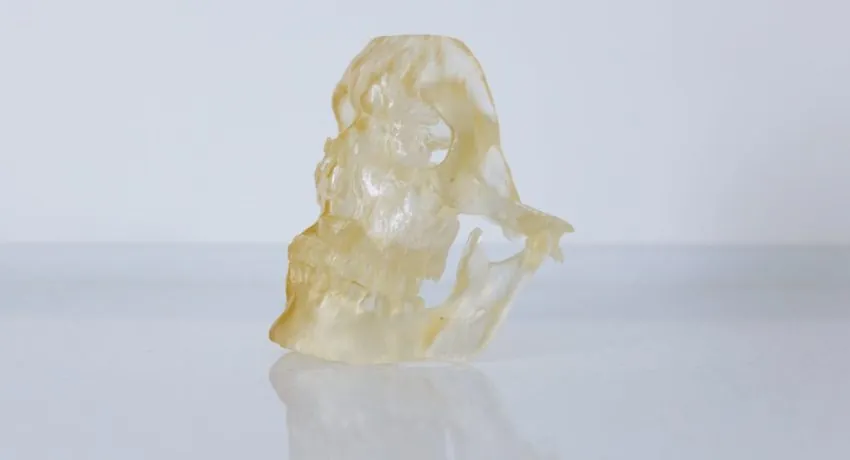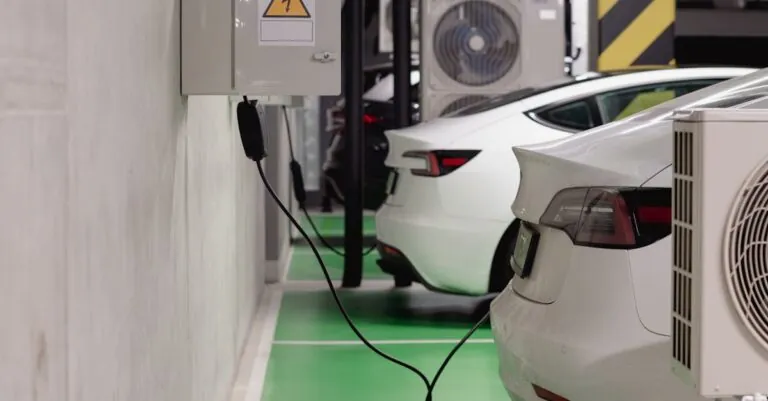In the ever-evolving world of 3D printing, two contenders stand out: resin printing and filament printing. It’s like watching a heavyweight boxing match where each fighter has its own loyal fan base. On one side, resin printing boasts jaw-dropping detail and smooth finishes that can make even a seasoned artist weep. On the other, filament printing is the trusty workhorse, delivering sturdy prints that won’t break the bank—or your spirit.
Choosing between these two can feel like picking a favorite child. Do you want the precision of a high-end sports car or the rugged reliability of a trusty pickup truck? Each method has its quirks and benefits, and understanding them can make all the difference in your 3D printing journey. Buckle up as we dive into the nitty-gritty of resin vs. filament printing, and discover which one deserves a spot in your workshop.
Table of Contents
ToggleOverview of Resin Printing vs Filament Printing
Resin printing uses liquid photopolymer resins cured layer by layer. This method excels in producing intricate details and smooth surfaces, making it ideal for miniatures or prototypes requiring precision. Layer thickness typically ranges from 25 to 100 microns, often leading to better resolution than rival methods.
Filament printing, known as Fused Deposition Modeling (FDM), employs thermoplastic filaments. It extrudes material through a heated nozzle onto a build platform, allowing for rapid production and sturdy components. Filament options, like PLA and ABS, provide a variety of strengths, colors, and finishes. Layer height often varies from 100 to 300 microns.
Cost efficiency marks a significant difference between these two techniques. Resin printers generally carry higher initial costs and use more expensive materials. Filament printers offer a more economical entry point, with prices often starting around $200, making them accessible for hobbyists.
Environmental factors also play a role in the comparison. Resin printing requires careful handling of materials and exposure to UV light, introducing safety considerations. Filament printing presents fewer health risks, although users should still practice proper ventilation.
Support structures vary widely between methods. Resin prints often need less support material, as the support can be easily removed post-print. Filament prints frequently require additional supports due to the nature of the extrusion process, impacting print time and material use.
Overall, each method presents unique advantages depending on application and user needs. Individuals seeking complicate designs may prefer resin printing, while those focused on strength and volume might opt for filament printing.
Key Differences Between Resin Printing and Filament Printing
Resin printing and filament printing each have unique characteristics that make them suitable for different applications. Understanding these differences enhances the decision-making process for users.
Printing Process
Resin printing utilizes liquid photopolymer resin, curing it layer by layer with UV light. This method creates detailed and high-resolution prints, typically achieving thicknesses between 25 to 100 microns. Filament printing, in contrast, employs a heated nozzle to extrude thermoplastic filament. Layer heights in filament printing range from 100 to 300 microns, leading to quicker production times for larger objects. Each method demands precision; yet, the techniques and equipment differ significantly.
Material Usage
Resin printers generally require more expensive materials, as photopolymer resins come at greater costs than standard thermoplastic filaments. A typical resin bottle costs between $40 and $100 per liter. Filament printers offer various affordable filament options, with PLA or ABS often starting around $15 per kilogram. Alternatives in filament include PETG and nylon. Consequently, filament printing is often more accessible for hobbyists.
Print Quality
Print quality varies notably between the two methods. Resin prints provide outstanding detail and smooth textures, making them ideal for intricate designs such as miniatures and prototypes. On the other hand, filament prints are durable and sturdy, suitable for functional parts. While print resolution in resin can reach finer details, filament printing excels in producing larger and more robust components, addressing different user requirements effectively.
Advantages of Resin Printing
Resin printing offers numerous advantages that make it a popular choice for specific applications. Exceptional detail and resolution are prominent features.
Detail and Resolution
Resin printing produces intricate designs with stunning clarity. Layer thicknesses range from 25 to 100 microns, enabling sharp features and fine details. Models like miniatures benefit significantly, showcasing tiny components that highlight artistry. Contrast this with filament printing, where layer heights generally span 100 to 300 microns. The difference in detail is evident in complex shapes and delicate structures, allowing resin prints to excel in showcasing subtle textures and patterns. High-resolution prints cater to professionals and hobbyists seeking quality in their creations.
Surface Finish
Surface finish in resin printing stands out for its smoothness. Prints require minimal post-processing, often eliminating the need for sanding or additional finishing. The photopolymer resins used cure to create a glossy, flawless surface, enhancing the visual appeal. With such smooth surfaces, paints and finishes adhere better, resulting in vibrant, eye-catching models. Filament prints typically demand more finishing work, as layer lines are more pronounced. Ultimately, resin printing provides a refined aesthetic that appeals to artists and designers focused on presentation quality.
Advantages of Filament Printing
Filament printing offers several benefits that appeal to a wide range of users. These advantages include speed and efficiency, along with significant cost-effectiveness.
Speed and Efficiency
Filament printing allows for rapid production of larger objects due to its layer heights of 100 to 300 microns. A typical print job can complete in a fraction of the time it takes for resin printing, making it suitable for projects with tight deadlines. Its straightforward extrusion process simplifies setup, enabling users to quickly switch between different filament types. Due to its design, this method often can run unattended, optimizing production times. Overall, users often experience shorter wait periods for completed prints.
Cost-Effectiveness
Filament printing typically has lower upfront costs compared to resin printing. Entry-level filament printers start around $200, making them accessible for hobbyists and newcomers. Material costs also favor filament, as thermoplastics are generally cheaper than liquid resins. Users can enjoy a variety of filament types, including PLA and ABS, without breaking the bank. With reduced expenses for both equipment and materials, filament printing presents a fiscally responsible option for those exploring 3D printing. Additionally, the durability of filament prints often saves on replacement costs over time.
Limitations of Each Method
Both resin printing and filament printing come with their unique challenges. Understanding these limitations can help users make informed choices based on their specific needs.
Challenges with Resin Printing
Resin printing presents significant safety concerns, including the handling of chemicals that can be harmful if proper precautions aren’t taken. Users must work in well-ventilated areas and wear protective gear, such as gloves and masks. Curing also requires exposure to UV light, creating extra steps during the printing process. Cure times can add hours to the timeline, complicating rapid projects. Furthermore, prints can be brittle, making them less suited for functional prototypes in demanding environments. Availability of multiple resin types can enhance flexibility but increases complexity regarding material selection.
Challenges with Filament Printing
Filament printing’s limitations include a lower resolution compared to resin methods. Bigger layer heights produce more visible layer lines, which can detract from the finish quality. Difficulty in achieving precise details affects its suitability for intricate designs. Depending on the filament type, print warping may occur, leading to failed prints, especially with larger models. Support structures often remain necessary for overhangs, resulting in additional material usage and increased post-processing time. Lastly, the extruder can clog or jam if not maintained properly, hindering operational efficiency.
Conclusion
Choosing between resin printing and filament printing ultimately depends on individual needs and project goals. Resin printing excels in detail and finish quality making it perfect for artistic applications and intricate designs. However its higher costs and safety concerns may deter some users.
Filament printing offers a practical solution for those prioritizing speed durability and cost-effectiveness. Its accessibility makes it a popular choice among hobbyists and newcomers.
Each method has its unique strengths and limitations. Understanding these differences allows users to make informed decisions tailored to their specific projects. Whether one opts for the precision of resin or the practicality of filament the world of 3D printing offers exciting possibilities for creativity and innovation.




